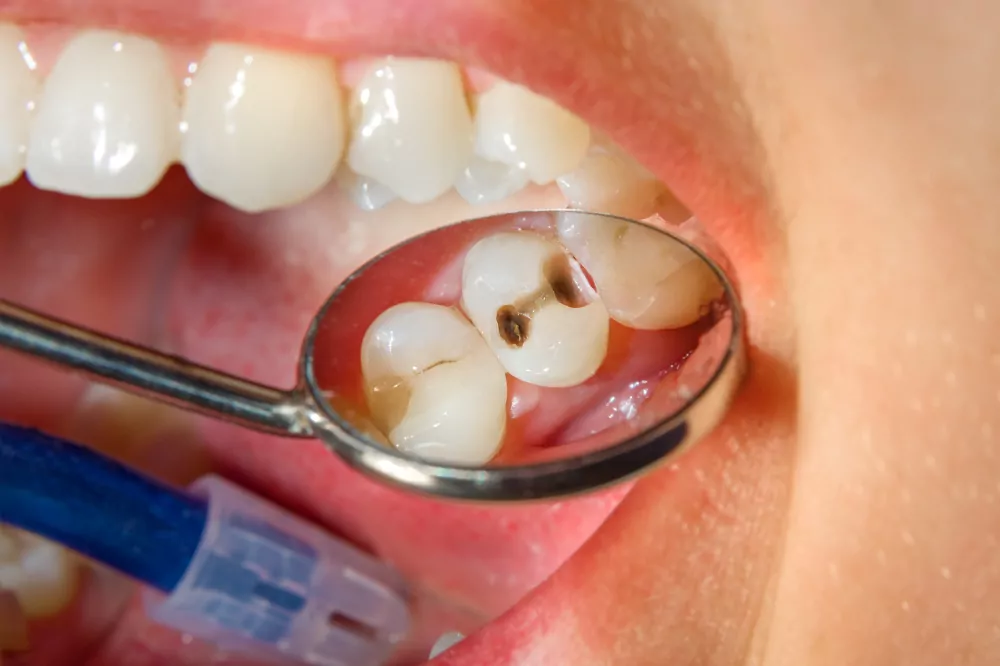The field of dental implants is evolving rapidly, and 2024 promises some exciting innovations. These advancements are set to make dental implants more effective, comfortable, and accessible to a wider range of patients. Here are some of the key developments to look forward to in the coming year.
New Implant Materials
For years, titanium has been the gold standard for dental implants due to its strength and biocompatibility. However, new materials like zirconia are gaining popularity as a metal-free alternative. Zirconia implants offer similar strength but provide a more natural appearance, making them an excellent choice for highly visible areas, like the front teeth.
This new material offers a good solution for patients who may have concerns about metal implants or simply prefer a more natural-looking option.
Enhanced Osseointegration
Osseointegration, the process by which the implant fuses with the jawbone, is a crucial factor in the success of dental implants. Recent advancements in surface treatments and coatings are speeding up this process, allowing for stronger and faster bone integration.
These innovations reduce healing times and improve the long-term stability of dental implants, making it possible for some patients to receive their final crowns sooner than before.
Digital Implant Dentistry
The use of digital technology in implant dentistry is becoming increasingly widespread. With 3D imaging and CAD/CAM systems, dental professionals can plan and place implants with greater precision than ever before. Cone beam computed tomography (CBCT) provides detailed images of the jawbone, enabling more accurate implant placement.
Digital impressions are also replacing traditional molds, offering a more comfortable experience for patients. These technologies streamline the entire process, from initial consultation to the final restoration, resulting in shorter treatment times and improved outcomes.
Immediate Load Implants
Immediate load implants, often referred to as same-day implants, are another trend to watch for in 2024. This approach allows patients to receive a temporary crown or bridge on the same day the implant is placed. For patients, this means fewer appointments and a faster path to a functional smile.
Thanks to advances in implant design and surface technology, immediate load implants are becoming a viable option for many patients who prefer a quicker solution without compromising on quality.
Mini Dental Implants (MDIs)
Mini dental implants (MDIs) are a less invasive alternative to traditional implants. They are smaller in diameter and can be a good solution for patients with low bone density or those looking to stabilize their dentures. MDIs require less bone for placement and typically involve a shorter recovery time.
These implants can be especially beneficial for older patients or individuals with conditions that make them unsuitable candidates for conventional implants.
Advances in Bone Grafting
Bone grafting has always been a crucial step for patients who need additional bone support before receiving implants. In 2024, advancements in bone grafting techniques, including the use of stem cells and growth factors, are making it possible for more patients to qualify for implants, even those with significant bone loss.
These new techniques are improving the success rate of bone grafts, allowing for a more solid foundation for dental implants.
All-on-4 and All-on-6 Systems
All-on-4 and All-on-6 systems remain popular options for patients who need full-mouth restorations. With these systems, four or six implants are strategically placed in the jaw to support an entire arch of teeth. This approach is both cost-effective and efficient, requiring fewer implants while still providing a stable and functional result.
In 2024, ongoing improvements in implant design and placement techniques are expected to further enhance the success of these systems, making them a reliable choice for patients needing extensive dental work.


